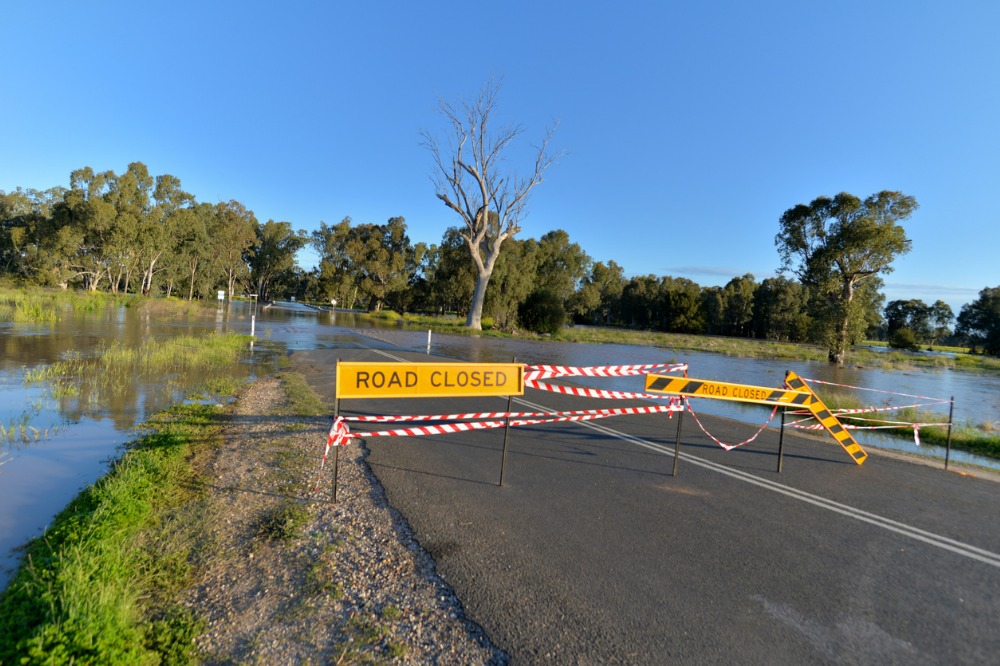ACIL calls for disaster resilience insurance boost

“At the time of a major catastrophic event, the federal government should ensure that properties are repaired in a more resilient way,” ACIL said. “ACIL believes the government should set in place requirements on what must be done during the repair process to ensure resilience.”
Examples of such mandated measures or guidelines that could be implemented include the following:
If a small portion of a roof sheet blows off in a storm, the whole roof should be inspected and re-screwed rather than only replacing the damaged roof sheets.
In a cyclone, if a garage door is blown off, it should be replaced with bracing rather than only replacing it to its previous state without bracing.
A more extreme measure may be buying back homes damaged by flood and turning them into government or council property or requiring that houses be raised above historical flood lines.
Funding for Australia’s disaster resilience
According to ACIL, funding options for its recommended measures could include the following:
Government funding: Having a fund in place to cover any additional costs associated with resilience, to be paid for through consolidated revenue;
Insurer funding: Having insurers cover the cost at the time of claims. However, insurers must be consulted regarding this recommendation, and end consumers would likely pay for the additional repair measures through higher insurance premiums. On the bright side, it might benefit consumers and insurers if properties are more resilient; and
Property owner funding: Requiring property owners to fund the additional costs.
Minimising disaster costs in Australia
ACIL said mitigation is essential in minimising natural disaster costs, benefiting consumers through lower insurance costs.
The consumer representative group said viable funding models for disaster mitigation include the following:
Reallocation stamp duty spending or government funding;
Consumer funding; and
Australian Reinsurance Pool Corporation (ARPC) funding.
“ACIL believes resilience and mitigation ate beneficial not only from the direct impact of the disaster at a major catastrophic event but also indirectly through reduced costs of insurance,” ACIL said.
ACIL has been calling for insurance affordability and accessibility and making Australia more resilient to extreme weather events.
In a previous statement, the group expressed its disappointment with “misgivings with the insurance pool,” explaining that the savings of up to 46% for homeowners offered by the government through the cyclone reinsurance pool were still needed to address persisting insurance affordability issues in northern Australia.
Fearing that the cyclone reinsurance pool will not generate the savings needed for flood-impacted regions, ACIL identified ways to generate premium savings.





